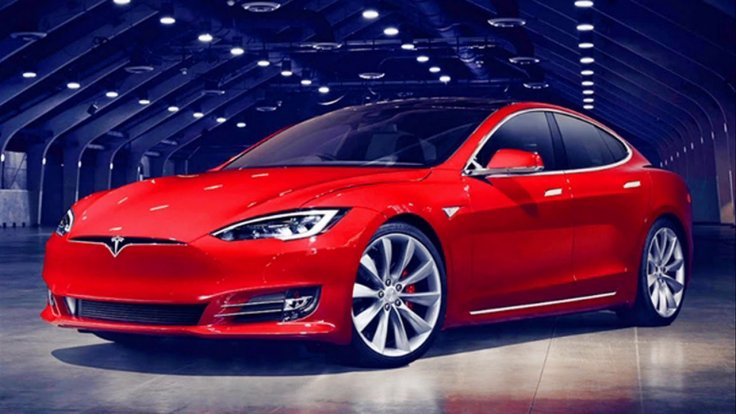After years of preventing customers from buying their leased vehicles, Tesla just made a big inverse policy change. U.S.-based drivers leasing a Tesla will once again have the chance to purchase the car at the end of the lease.
The update, which arrived in late November 2024, does an about-turn on a decision made nearly five years ago that had confounded and angered many.

The move is a major break from Tesla's old playbook. In 2019, Tesla began leasing the Model 3 with a twist — lessees were not allowed to purchase the car at the end of the lease. The company said the plan was to retrofit the vehicles for an eventual fleet of self-driving robotaxis. Tesla's top executive, Elon Musk, boldly predicted the arrival of a million robotaxis on the road by 2020, but that vision could not materialize.
Instead of rolling out an autonomous ride-sharing network, Tesla took a shadow route. Tesla started updating the off-lease vehicles with advanced software features like "Full Self-Driving" (FSD), which it then advertised for as much as $15,000, third-party sources who work at the company say.
Tesla also added other features, such as an "acceleration boost" to enhance speed. These improvements allowed the company to resell the used cars at a significant markup compared to the price that many lessees would have paid to buy the cars outright. For instance, customers were informed the cars were being reserved for robotaxi service, but many of those vehicles appeared for sale soon after lease returns.
Tesla never formally acknowledged the abandonment of the robotaxi fleet plan; in reality, they were simply selling the cars for profit. That, industry analysts say, helped build the image of Tesla as a tech-forward company on the cusp of full autonomy — an image that has had a lot to do with preserving the company's stock price at a lofty level even though it has missed some technological promises.
Most car companies welcome lease buyouts to avoid reselling costs, but Tesla has embraced the dearth of used inventory during the years of the pandemic. The tight supply of vehicles gave the company pricing power for off-lease vehicles.
But the post-pandemic environment has changed. Prices for used EVs have plummeted. Data from auto pricing services illustrates the fall: A one-year-old Tesla Model Y, for instance, lost more than 14 % of its value, and the Cybertruck—Tesla's most futuristic-looking model—declined in value by nearly 46 %. By contrast, the average decline among all brands was less than 1%.
Tesla's new policy is probably a reflection of that reality. Leaving older vehicles on the books as they rapidly lose value could hurt profitability. On an earnings call in January 2025, Tesla's CFO said that lower-margin sales of used cars were weighing down broader margins. Tesla benefits as it can now sell directly to users rather than handling the resale logistics but at the same time making some money off it.
Tesla has since updated its website, stating that customers with leases starting after the policy change might be able to buy their vehicles at lease-end, depending on local laws. A $350 purchase fee applies. The update puts Tesla's lease terms more in line with industry norms and suggests that the long-hyped robotaxi fleet is still a long way off.
Customers who once felt duped are expressing frustration. Joe Mendenhall of Indianapolis, who leased a Model Y, said he had been informed on several occasions that the car would be used for robotaxis. However, upon returning the car, he discovered that it had undergone another auction sale. "Lies about not being able to buy out my lease," he wrote online. "The car gets sold at auction, not rented out on robotaxi mode like I was promised."
Others, including Marshall Distel, a transportation planner from Vermont, state that they can never trust the brand again. "I like the car," he said, "but I don't like what's happening at the top with the C.E.O."








